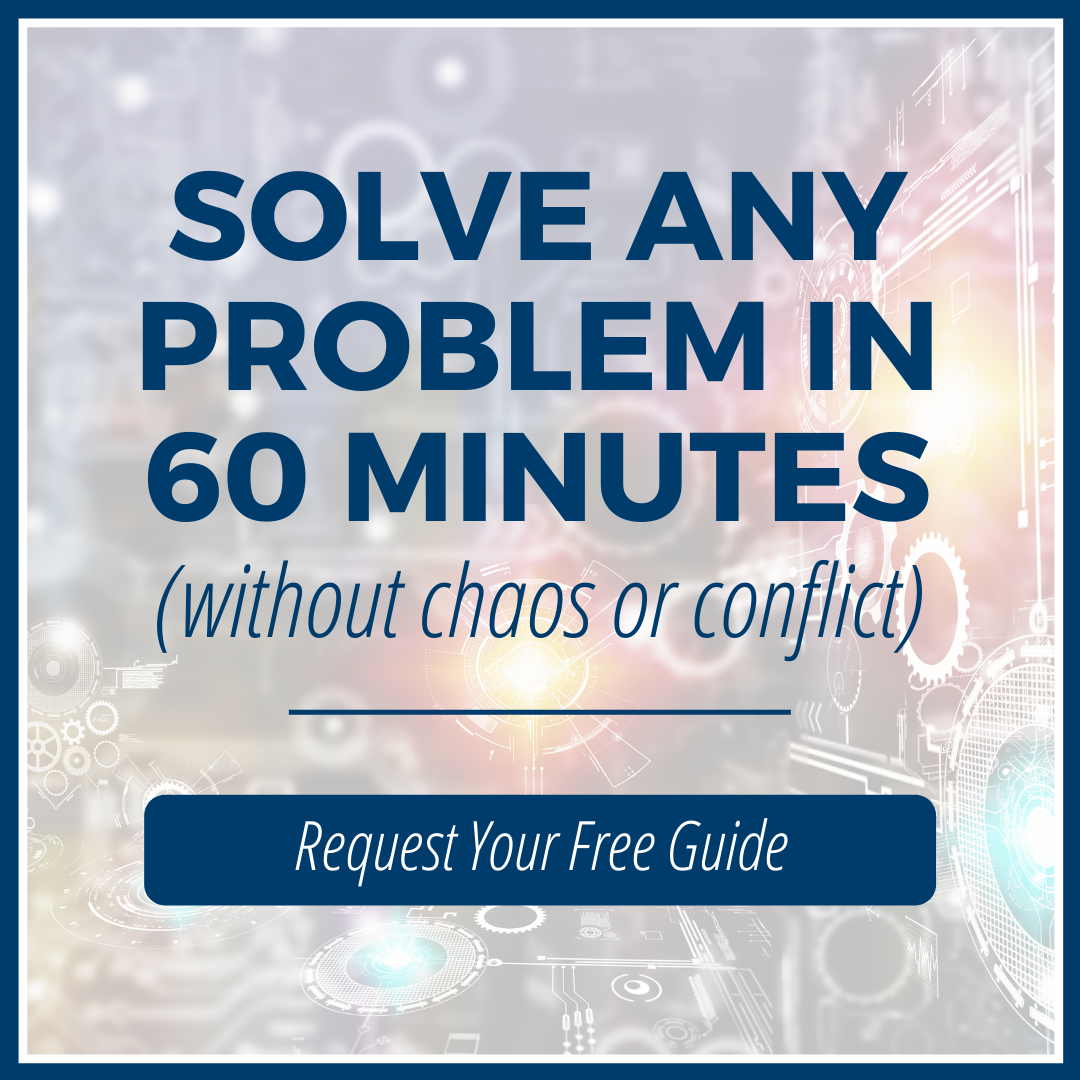Myth #6 Innovation is used just to create technology solutions
The truth of this myth is that there are five different types of innovation. The Strategy of Things lists them as Customer experience, Product, Technical, Services, and Business model. This was posted on their website January 22, 2017. Check it out HERE.
It is a common presumption that technology does all the innovating but when we consider the definition of innovating as the execution of a new idea that promotes growth and gives value to a company, we have to understand that innovation impacts all companies, large and small.
Of course, there are different ways innovation can happen like disruptive innovation that creates a new company market or incremental innovation that improves a system to be faster and better. The Gentle Art of Smart Stealing website enumerates 15 types of innovation, but these are more different kinds rather than types. Check it out HERE.
The Strategy of Things briefly describes each of the five types.
- Customer experiences innovation transforms the “customer journey”. It re-imagines how a customer uses a product or service. It uses data collected to create new processes, business partnerships, organizations, and technology to support the new journey. Examples of this type would be Uber, Netflix, and “Alexa”.
- Product innovation transforms how a product provides value for the user. It focuses on functionality and not technology, although it may be enabled by new technology or a service to do new things, enhance features to do current things better or different form factors for new uses. Examples are smart phones and microwave ovens.
- Technical innovation is what most people think of when they hear the word “innovation”. It is often used in place of “product innovation” but they are not the same. Technical innovation transforms the enabling techniques and is not specific to a product or application. Examples are machine learning (ML) and virtual reality (RV).
- Services innovation transforms how, what, and when a service is rendered, and to whom it is being offered. It enhances a current value or creates an entirely new value that was not possible before. A product can also be transformed into a service (e. g. car rentals). Other examples are Uber for how we travel and Amazon Web Services to change IT infrastructure.
- A business model describes how an organization creates and delivers value to its customers. It is defined by nine parts – customer types, value to customer, sales channels, customer relationship types, revenue sources, operating resources, operational activities, key partnerships, and cost structure. Business model innovation transforms these nine parts to create, to enhance, or create new value to existing customers or to an entirely new customer base. Examples are ZipCar “car sharing model” and Apple iPhone app ecosystem model.
These five types of innovation are not used in isolation but rather are used in tandem. Customers are usually beneficiaries of the other innovations. Technology plays a big role in many innovative processes. And business models undergird organizational growth and development.
As the market becomes more competitive with advances in technology due to the availability of so much information on the internet and constant exchange of trades in technology, no company can avoid the need to innovate. Brains are constantly producing new ideas that need to be harvested for how they can be exploited in the pursuit of fresh insights that could foster company growth. Alert and engaged employees are a rich source of innovation and the promise of survival of today’s agile organizations.




